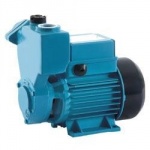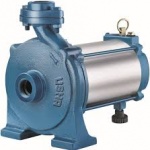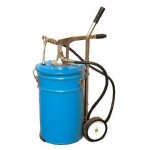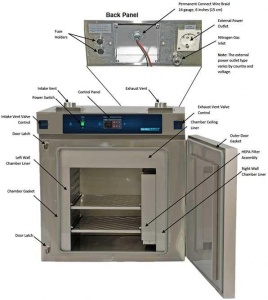Overview About Pumps
A pump can be defined as a hydraulic working machine which increases the overall mechanical energy of a liquid. Pumps are essential devices that move hot and cold fluids in a compact system and are the cornerstone of modern society. Their sheer specialty lies on the process of transferring fluids or slurries which flow through them seamlessly from lower level to higher level.
Over the years, pumps have integrated themselves as the staple devices of households, colleges, hospitals, commercial complexes, etc. Today one can come across a pump installed for a plethora of purposes such as water supply, gasoline supply, chemical movement, marine service, flood control, etc. in rural as well as urban areas. In spite of such widespread usage, people still get stuck on closing in on the requisite pump for themselves.
List of Major Things Which You Must Know Before Buying Pumps
Many factors play a role in deciding the right pump for yourself. We have listed some of them for you.
Flow Rate of Pump
The flow rate of a pump is the usable volume of liquid distributed by the pump in the time unit. It is usually denoted with the letter Q and is measured in the units: LPM, m3/h, or m3/s.
Head of the Pump
The head of the pump denotes the increase in energy acquired by 1 liter of liquid between the input and the output section of the pump. It is represented by the letter H and is measured in meters of carried liquid or J/kg. To know the rating of the head of a pump, look for a data plate that clearly indicates the suction head (Hs), discharge head (Hd) & total head (Ht).
Power
The power imparted into a fluid increases the energy of the fluid per unit volume. Thus, power depends on the conversion of the mechanical energy of the pump mechanism and fluid elements present inside the pump.
The power supplied by the pump to the liquid is expressed as:
P = g ×ƥ ×Q×H
Where, Power =P (Watt), Gravitational Acceleration= g (m/s2)=9.8m/s2, Density of water=ƥ (Kg/m3) =1000 Kg/m3, Discharge=Q (Kg/m3), Head = H (m)
P=1000×g×Q×H
The efficiency of the Pumps
Another critical factor to be factored in is the Efficiency of a pump (ηp) that is the ratio between the power P supplied to the fluid and the power Pactl absorbed by the pump (that is the mechanical power transferred by the electric motor):
ηp = P/Pactl
Flow power in pumps / Conversion of energy in a pump is-
The efficiency of a pump is divided into three types –
- a) Manometric Efficiency (ηmano) –
The ratio of manometric head and the head imparted by the impeller on the water is called manometric efficiency.b) Mechanical Efficiency (ηmech) –
The ratio of the power available at the impeller and the power at the shaft of the pump is
known as mechanical efficiency.ηmech = Power at Impeller/ Shaft Power (S.P)
c) Overall Efficiency (ηo) –
It is the ratio of the power output of the pump and the power input of the pump.
Power Input = WHm/1000 (Kw) = Power supplied by electric motor
ηo =(WHm/1000) /S.P
ηo = ηmano × ηmech
Pump Speed
The rotational speed of a pump is the number of revolutions executed by the pump in a fixed time unit. Speed is denoted with the letter ‘Ns’ and measured in revolutions per minute (RPM). Usually, pumps are installed with a 2-pole induction motor if the average running of the motors and the electrical energy distributed in the mains has a frequency of over 50 or 60 Hz, although in India all types of electric instruments run on 50HZ frequency. Thus, you must factor in RPM before making the splurge on a pump.
NPSH or, Net Positive Suction HeadIf you want to buy a centrifugal pump, Net positive suction head or NPSH is the foremost parameter that must be considered without fail. NPSH indicates a centrifugal pump’s inability to create an absolute vacuum and suck at a height equal to or higher than 10 meters. Interestingly, this is the same height that corresponds to the value of atmospheric pressure at sea level.
NPSH is the indicator of the absolute pressure that must exist during the pump’s intake for preventing the occurrence of cavitation. Thus, as an aware consumer, you must ascertain whether the pump’s manufacturer has clearly indicated the maximum suction depth or the curve of the NPSH as a function of flow rate.









Average Rating